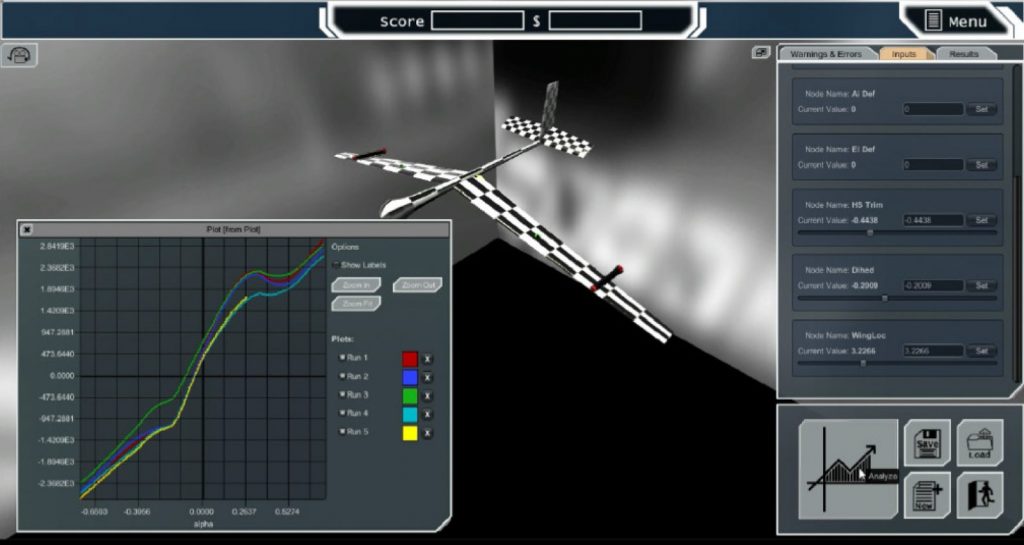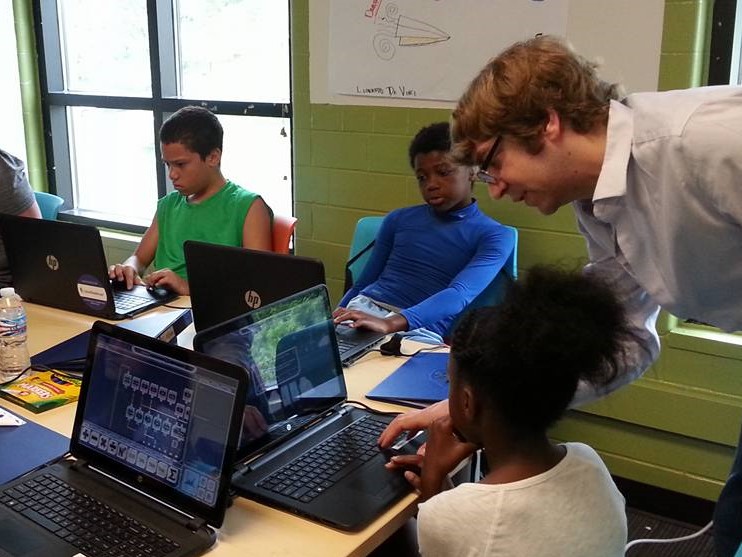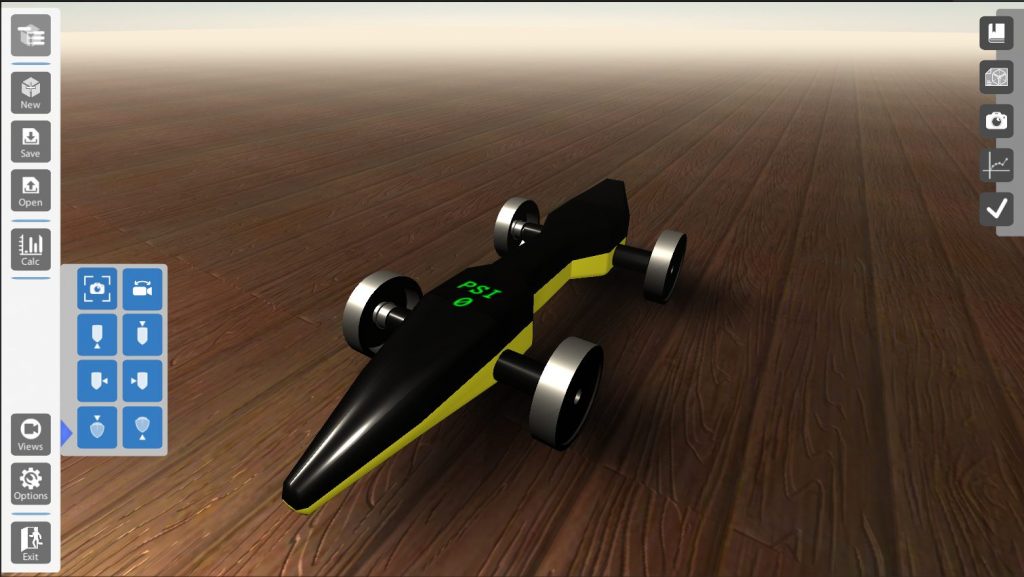Using video game-based tools to teach STEM
Author: Nick Fetty
Author: Nick Fetty
A mechanical engineering (ME) alum hopes to engage the next generation of scientists and engineers by using a video game interface to teach them STEM concepts and methods.

Christopher Whitmer, who holds a M.S. and Ph.D. in ME from Iowa State University, is the chief technology officer (CTO) for Parametric Studio Inc. His responsibilities include everything from research and development to human resources and management.
“One of my favorite parts of my role is conceptualizing engineering-focused STEM ed tech solutions and products, and then managing the team to turn those ideas into reality in ways that deliver value to our end users and customers,” said Whitmer. “In other words, we like to help kids learn and learn to love STEM while helping teachers do what they do best.”
Whitmer developed a deep appreciation for STEM education as a kid growing up in rural Kansas. Both of his parents were teachers and he remembers examining the fish tanks, plants, microscopes and other “cool stuff” in his father’s biology/chemistry/physics classroom when school was not in session. As he got older, he would observe his father while prepping lesson plans and even conducting experiments. The younger Whitmer attended Kansas State University where he graduated with a B.S. in ME.
Through his co-op, internship and work experience, Whitmer realized he would need to pursue graduate studies to further refine his knowledge and skills as an engineer. Even though he toured schools on the East Coast and West Cost, he found Iowa State University to be his best fit, particularly because of the research opportunities in mechanical and aerospace engineering.

“When I visited the department and toured the campus, the people, culture, and environment were welcoming, and the facilities were great. It just felt like a good choice for me,” he said.
Whitmer said that graduate school taught him the process for answering unknown questions, how to focus ideas into research and how to effectively collaborate with others. He also had the opportunity to serve as a teaching assistant for M E 421: System Dynamics and Control, which he said “re-kindled that spark for education and teaching that runs in my family.”
As a M.S. student his research examined directed control of aircraft through aeroelastic morphing. Then while pursuing his Ph.D. he shifted to a project that looked at suppression of vibration and acoustic noise through co-design of structure, damping properties, geometry, sensor and actuator placement, and embedded control systems.
Whitmer completed his Ph.D. in 2009 and started working for a company that was building early-stage aerospace design and analysis software for the NASA hypersonic program. He later worked on a project that analyzed control surfaces on the Joint Strike Fighter. It was through some of these early projects that the idea for Parametric Studio Inc. was born.

“We started looking around for other customers or users and one thing we realized is that what we had built was a natural tool for teaching modern model-based design methodology to early engineers. We started thinking around it and came across a call for game-based learning for engineering in K-12 from NSF,” said Whitmer, adding that they were awarded the grant and from there they were all-in on this effort.
In 2015, Whitmer founded Parametric Studio Inc. along with Atul Kelkar, then on the ME faculty at Iowa State; Jerald Vogel, associate professor emeritus in aerospace engineering at Iowa State; and Mike Upah, chief financial officer. Starting out, the crew was working part-time, or as Whitmer said “on our own personal time,” but after getting contracts with agencies such as the National Science Foundation, the U.S. Departments of Agriculture and Education, and the National Institutes of Health, the company has since become a full-time effort.
“These research and development grants have enabled us to build out the current functionalities of our core STEM education platform, test it in the classroom, and now roll out our first commercial products, to schools, STEM organizations and parents,” Whitmer said.
Whitmer said he and his team have found their video game interface to be familiar to the students and an effective way to teach them the material. The designers must come up with a game that is both fun and engaging for the user, while also teaching them practical skills and concepts. In particular, Whitmer said students are interested in learning about how STEM concepts and methods apply in real-world scenarios.
“Best of all when we listen to them talking about the game they are playing, you hear STEM terms, units, conceptual ideas, jargon, and more. You can actually see their thought process and STEM skills developing in front of you even if they don’t realize it since it’s just fun,” said Whitmer.

Parametric’s reach extends beyond just Ames, and even beyond Iowa. Students from other parts of the United States and even Canada, South Africa and South Korea have used the software. And it is not just limited to schools. Youth groups such as 4-H and the Cub/Boy Scouts as well as community colleges and even individual parents have taken advantage of this unique learning opportunity. More than anything, Whitmer and his team hope that their company will play a role in inspiring the next generation of scientists and engineers.
“There are so many challenges facing our society: inequality, food security, poverty, climate change, energy supply, disease, clean water, housing, transportation,” said Whitmer. “Our team here at Parametric feels like while we may be a drop in the bucket toward solving these problems directly, we can definitely do something to help recruit the army of scientists and engineers humanity needs to solve these problems.”